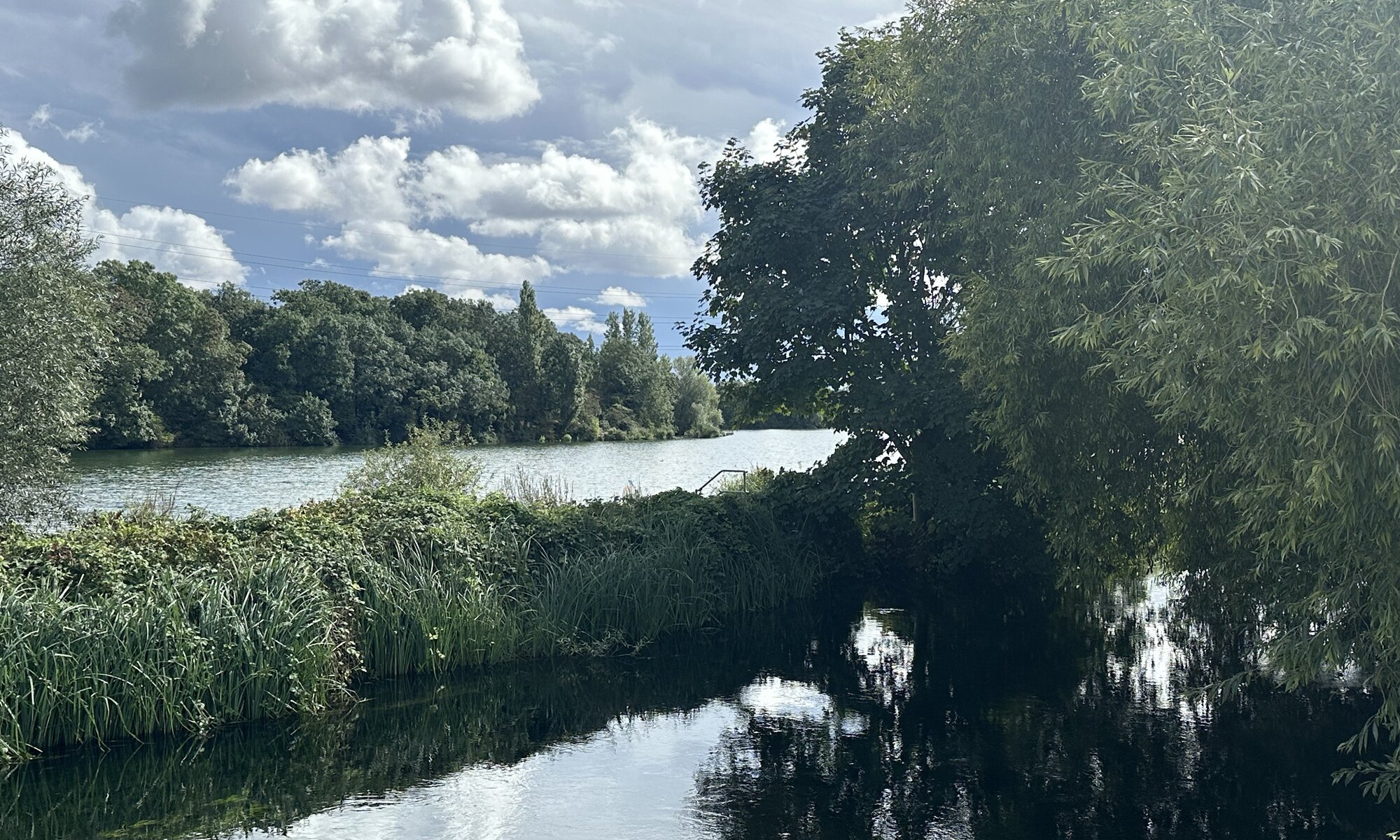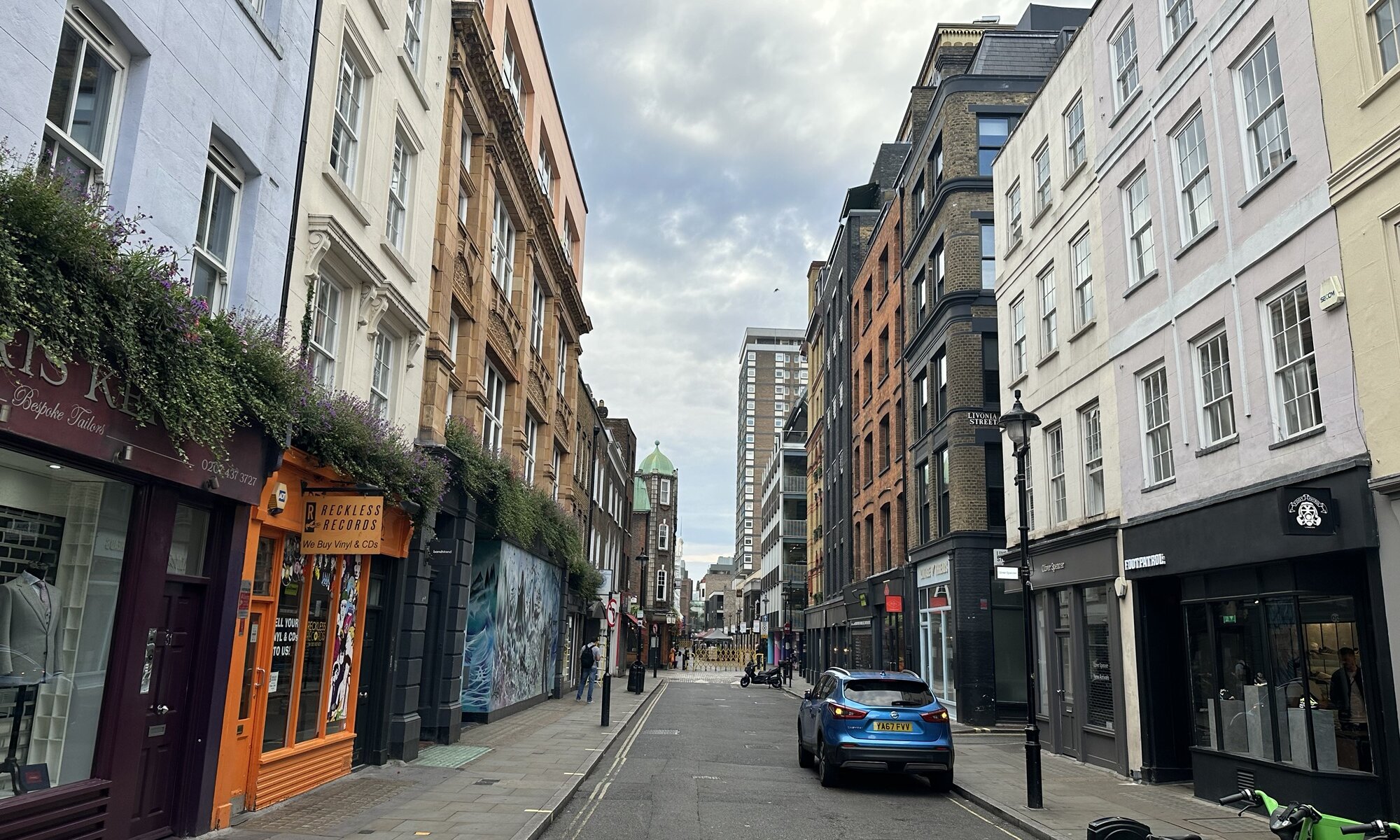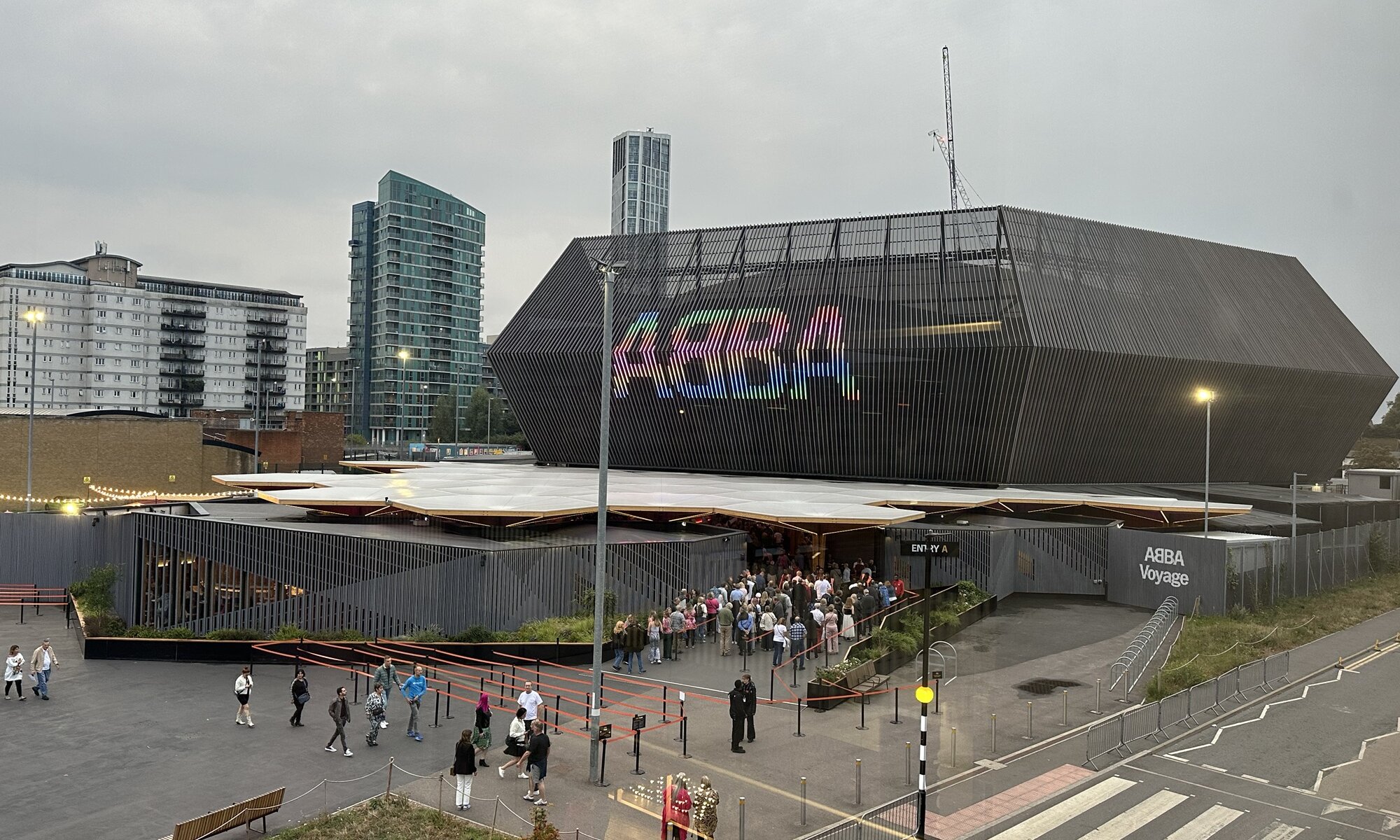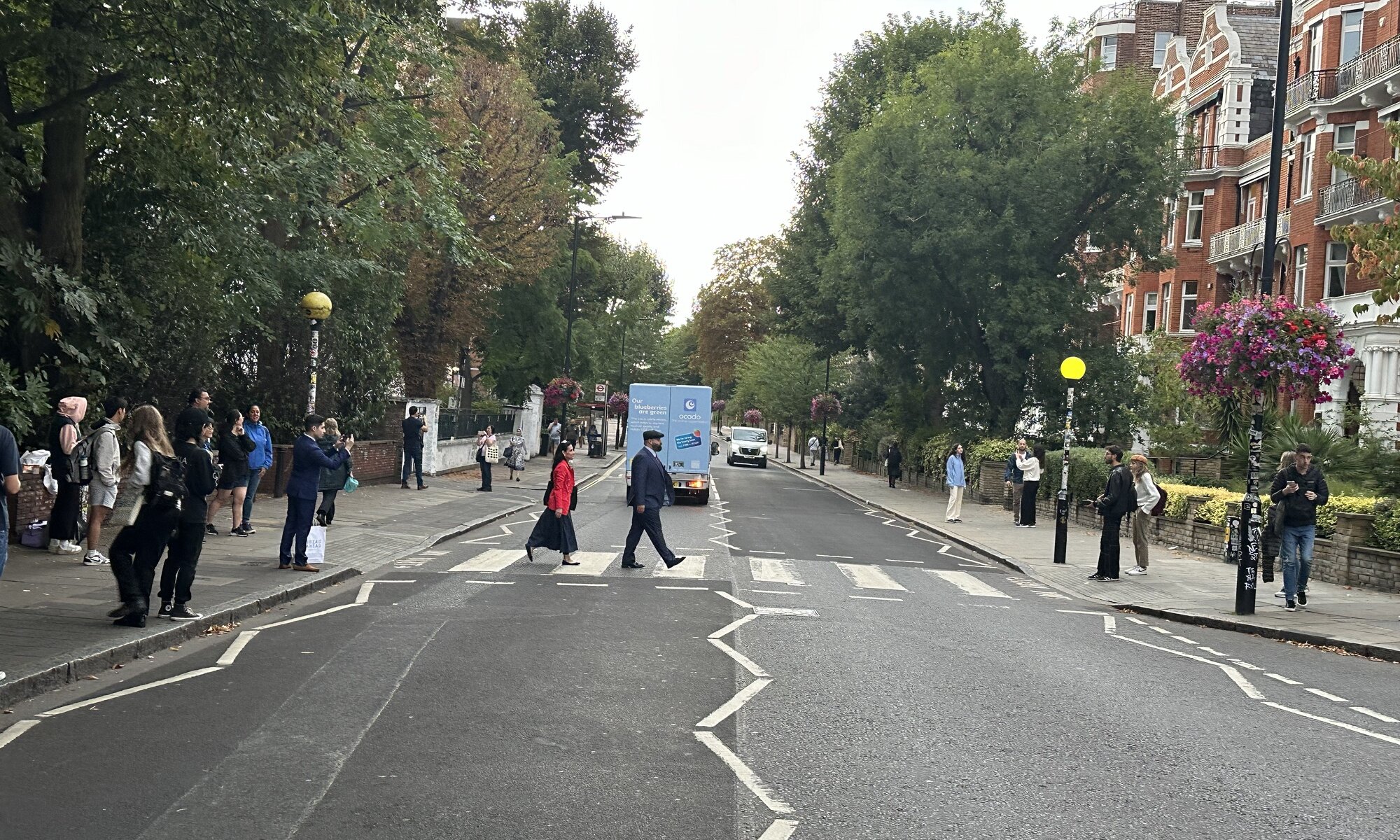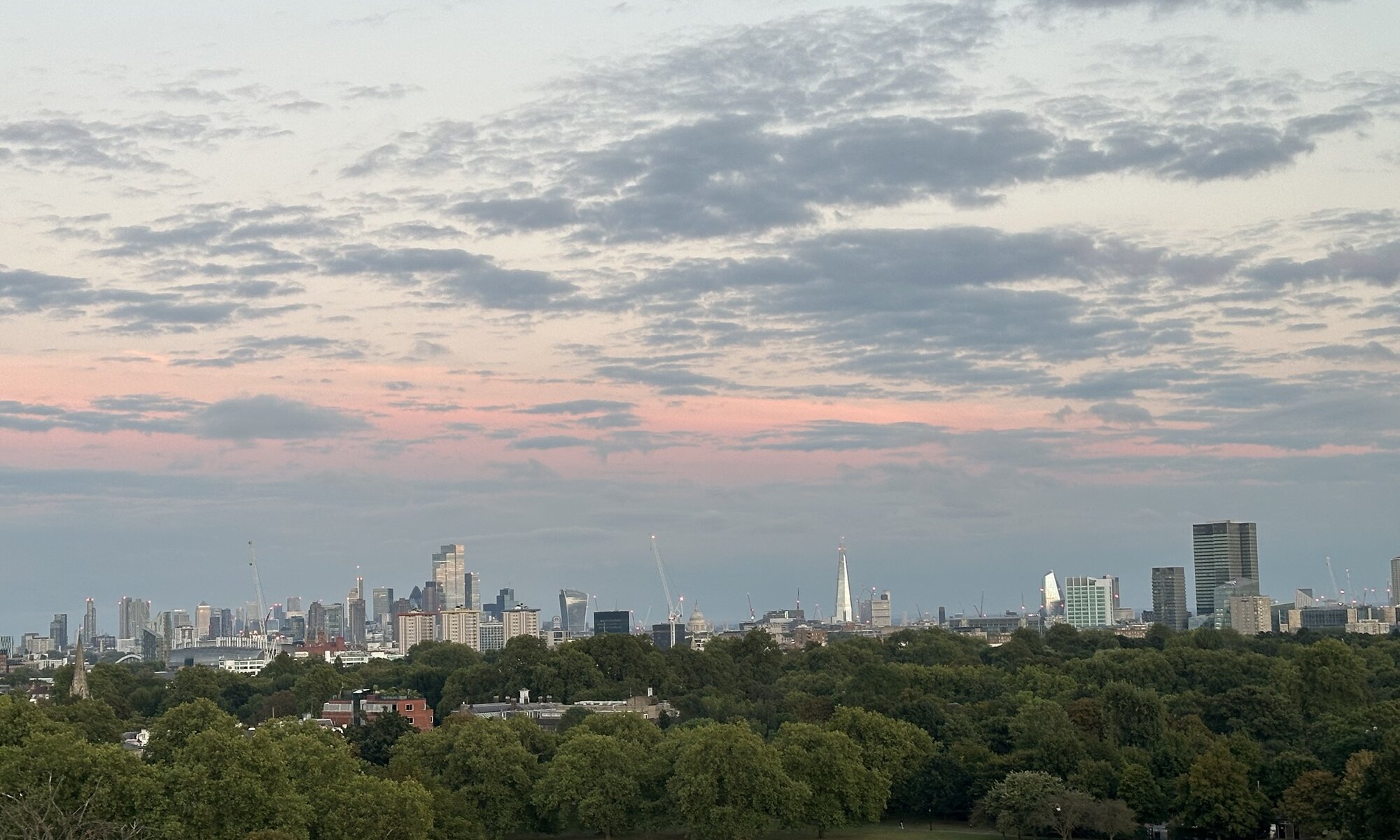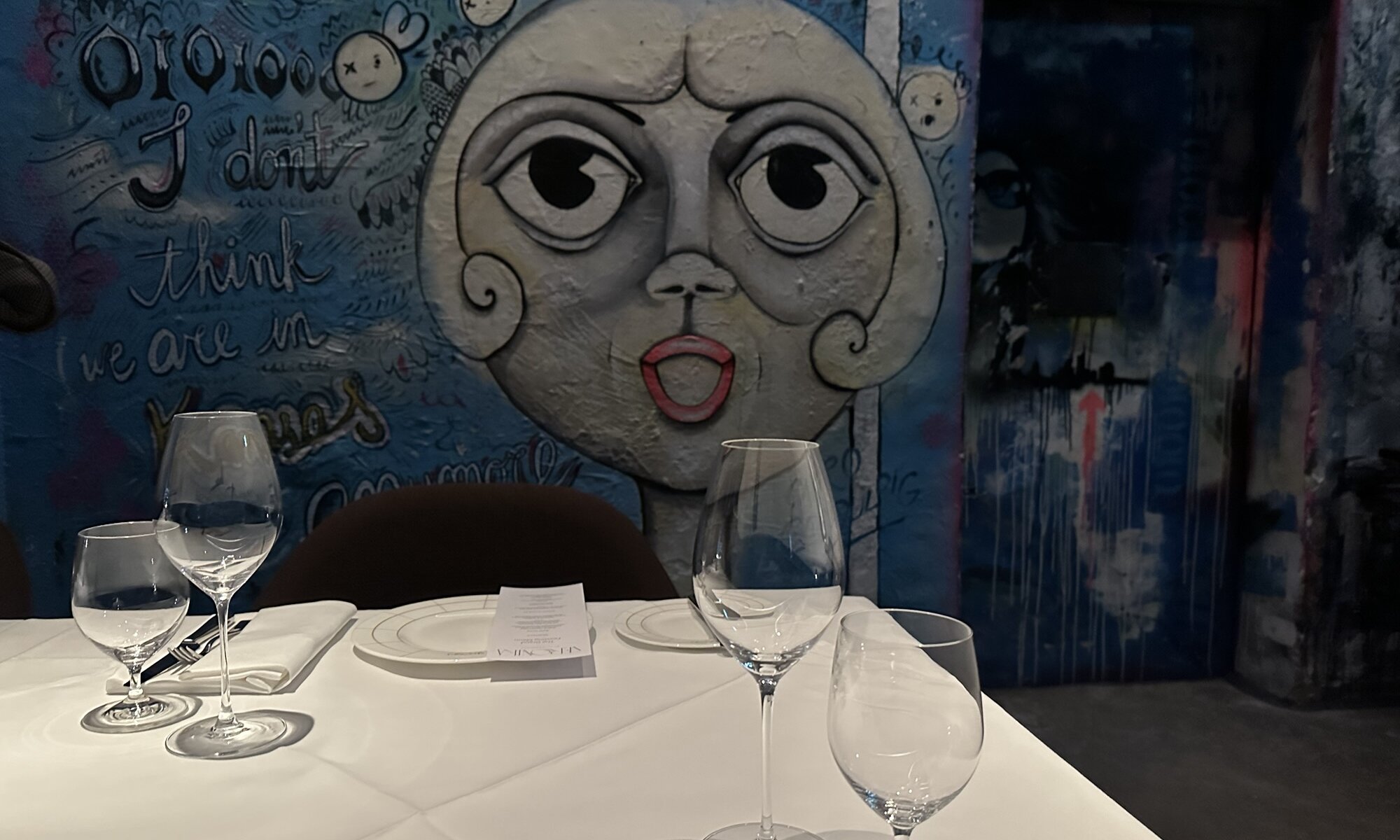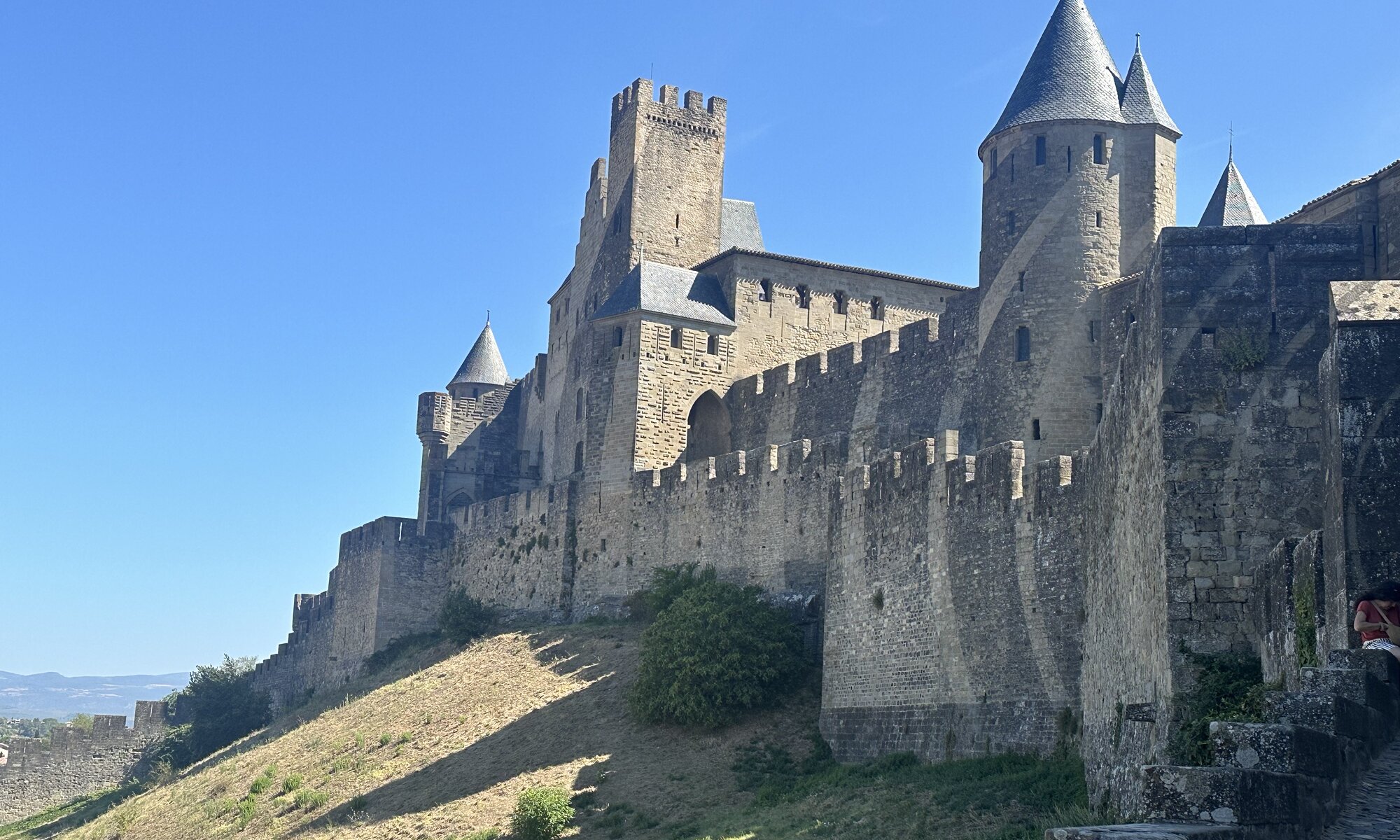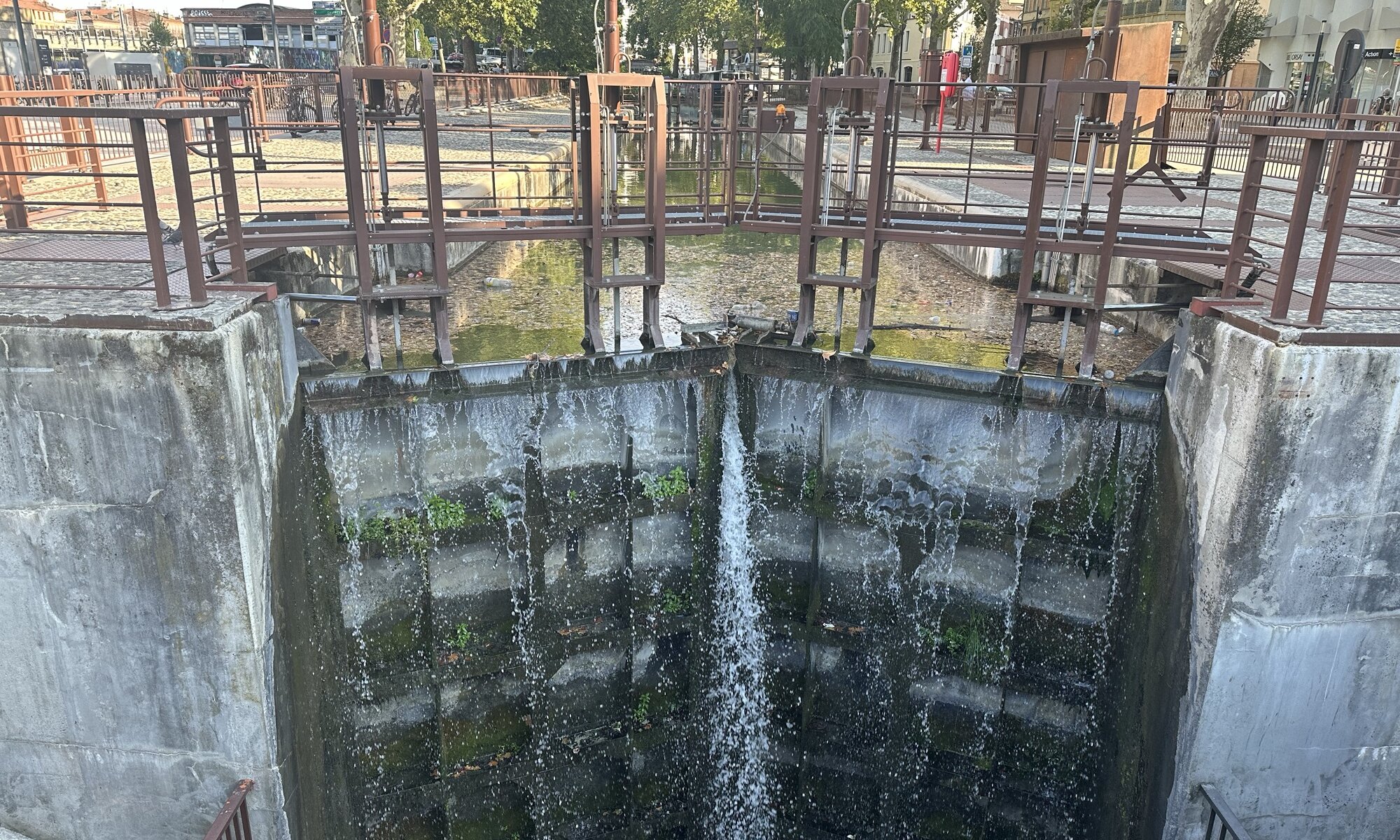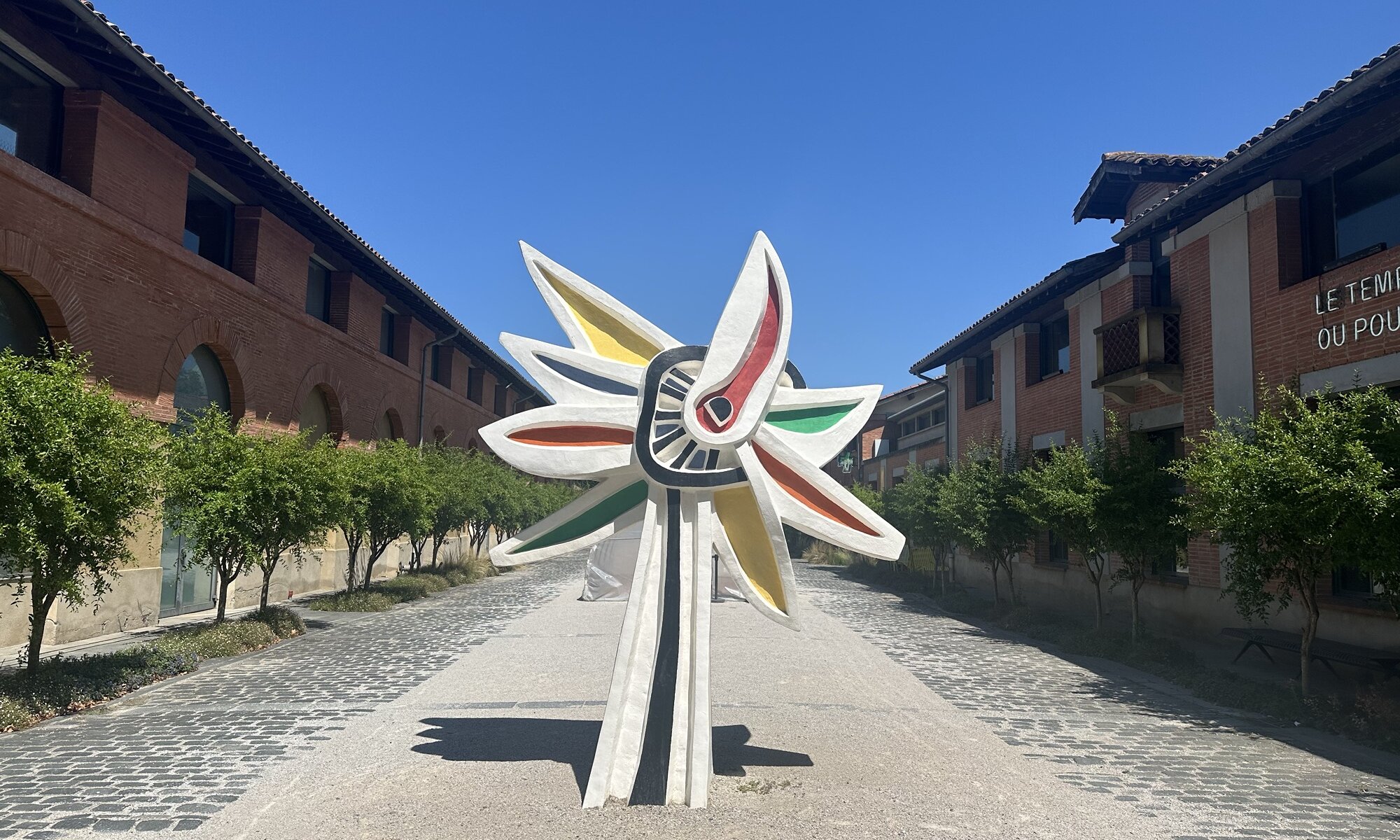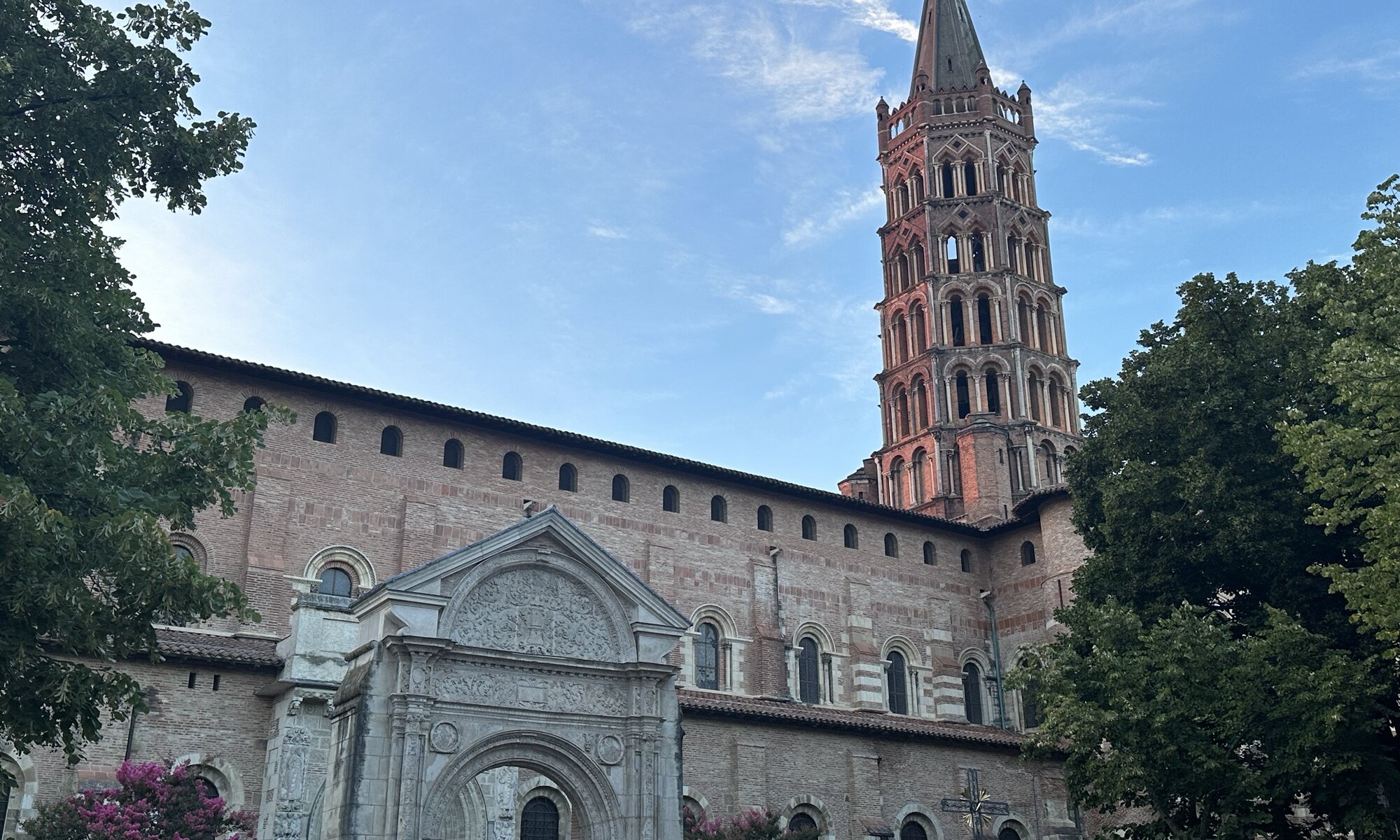Wetlands at todays London, is that even possibly? Well it is, but of course the Walthamstow Wetlands aren’t natural. A city like London needs to do water management and that is how these artificial lakes between Walthamstow and Hale were created between 1863 and 1904. The first reservoirs protecting the city from droughts were even dug by hand. Today the wetlands are a protected nature conservation zone which is especially used by birds passing through the metropolitain area.
Continue reading “Wetlands”Don‘t look back in anger
2024 was the year when the famous British band Oasis announced their reunion and a tour in 2025 – more than fifteen years after the brothers Liam and Noel Gallagher had split up. And it was also the year in which Millennials where stuck for hours in online queues trying to buy overpriced tickets, failed and then complained for days about the horrible dynamic pricing system and the many guys buying tickets just to get a lot of money by selling them to the real fans afterwards.
Continue reading “Don‘t look back in anger”ABBAtars
I’m unfortunately not a big fan of the music made and performed by Swedish Pop group ABBA, but I acknowledge the global phenomenon that created one of the best-selling bands in music history. Agnetha, Björn, Benny and Anni-Frid ended their band project in 1982, their last concert in London was in 1979 (at the Wembley Arena, todays OVO Arena). And then they surprisingly returned in 2022: as a virtual band in their own ABBA Arena at London‘s Pudding Mill Lane.
Continue reading “ABBAtars”Abbey Road
In 1969 The Beatles published their 11th album, one of the most successful albums of all times with still today well known songs like Come Together, Octopus’s Garden and Here Comes the Sun. It was the last studio album of the band and recorded at the Abbey Road Studios in the city quarter St. John’s Wood of London. The band initially wanted to name the album Everest and fly to the Himalaya to shoot the cover picture, but then found it more convenient to just walk out the door and take the picture directly in front of the recording studio.
Continue reading “Abbey Road”Primrose hill
If you’re looking for a viewpoint with a good view on the skyline of London you’ve got multiple options in the north of the city. The closest one is probably Primrose Hill in Regent’s Park, close to the zoological garden of London . It is a steep 78 meters high hill and that many people get here at sundown you can already see by the various paths leading up the hill.
Continue reading “Primrose hill”Verōnika
If you’re looking for a great bar or high-class restaurant at Berlin, the Verōnika at the Oranienburger Straße is a very good option. Apart from good food and drinks this place offers a very special atmosphere which is created by murals, graffito and the historic architecture the restaurant resides in. Berliners know this place as the Tacheles-Gebäude, a cultural center created by the artist group Tacheles by occupying the building in 1990 before it could be torn down. At lasted in this place until 2012.
Continue reading “Verōnika”Carcassonne
Some younger people in Germany may just know Carcassonne as a very famous board game published in the year 2000 (and translated into 20 other languages thereafter). But there is a reason why the game developers chose this name: the Cité of Carcassonne is one of the biggest medieval fortifications that you can still visit. It is located on a hill and protected by high walls and towers; Carcassonne is so unique that the historic city is protected as a UNESCO world heritage site.
Continue reading “Carcassonne”Canal du Midi
When you’re travelling through the Languedoc you’ll probably see a lot of water channels and water gates. Especially at Toulouse you can’t overlook this as the city is the starting point for a fantastic masterpiece of engineering: the Canal du Midi. The 240 kilometers long channel connecting Toulouse with the Mediterranean Sea was finished in 1681 and was very important for the economic development of the region. Today, the channel is UNESCO world heritage and that for very good reasons.
Continue reading “Canal du Midi”Les Abattoirs
Well, yes: as the name already says this place at Toulouse was once a slaughterhouse built in 1823. Since the year 2000 it hosts something completely different, an art museum exhibiting modern and contemporary art. The work of Fernand Léger in front of the building is just a small appetizer, inside you’ll find around 3,800 works of art.
Continue reading “Les Abattoirs”Saint-Sernin
When I told people that I would travel to Toulouse they didn’t fully understand why. The city is not known for its nice city center and beautiful sights, but I enjoyed being there very much. I loved sitting at the river Garonne near the old Port de la Daurade, had fun while exploring the large Place du Capitole in the evening hours and visiting sights like the Basilique Saint-Sernin which is an icon of the city and has a wonderful tower with a special architecture.
Continue reading “Saint-Sernin”
